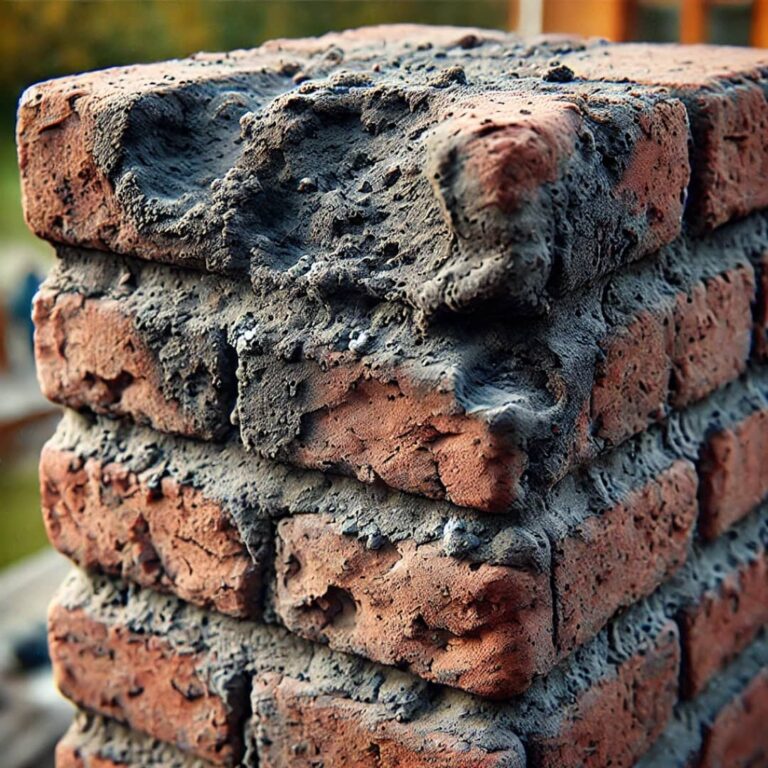The Hidden Dangers of Chimney Fires and How to Prevent Them
Your chimney and the flue that lines it add architectural interest to your home, but their real function is to carry dangerous flue gasses from your fireplace, wood stove, or furnace safely out of your home. As you relax in front of your fireplace or bask in the warmth of your wood stove, the last thing you might think about is the condition of your chimney. However, if you don’t consider it before lighting those winter fires, your enjoyment may be very short-lived.
Why Chimney Maintenance is Crucial
Dirty chimneys can cause chimney fires, which damage structures, destroy homes, and can result in serious injury or death. Signs of a chimney fire include loud cracking and popping noises, dense smoke, and an intense, hot smell. Chimney fires can be explosive and dramatic enough to be detected by neighbors or passersby, with flames or dense smoke shooting from the chimney top. Homeowners often report a low rumbling sound reminiscent of a freight train or low-flying airplane. However, these are just the chimney fires you know about.
The Majority of Chimney Fires Go Undetected
Slow-burning chimney fires don’t get enough air or fuel to be dramatic or visible. They often go undetected until a chimney inspection, but they reach high temperatures and can cause significant damage to the chimney structure and nearby combustible parts of the house.
Creosote & Chimney Fires: What You Must Know
Fireplaces and wood stoves are designed to safely contain wood-fuel fires while providing heat. Chimneys serve to expel the by-products of combustion – substances produced when wood burns. These include smoke, water vapor, gasses, unburned wood particles, hydrocarbons, tar fog, and assorted minerals. As these substances exit the fireplace or wood stove and flow up into the cooler chimney, condensation occurs. The resulting residue that sticks to the inner walls of the chimney is called creosote, a highly combustible substance. If it builds up in sufficient quantities and the internal flue temperature is high enough, the result could be a chimney fire.

Conditions that Encourage Creosote Buildup:
- Restricted air supply
- Unseasoned wood
- Cooler than normal chimney temperatures
Restricted air supply can result from closing the glass doors, not opening the damper wide enough, or insufficient make-up air to move heated smoke up the chimney rapidly. A wood stove’s air supply can be limited by closing down the stove damper or air inlets too soon or too much. Burning unseasoned wood keeps the resulting smoke cooler, which encourages creosote formation. Overloading the firebox with wood in an attempt to get a longer burn time also contributes to creosote buildup.
The Effect of a Chimney Fire on Your Chimney
Masonry Chimneys
When a chimney fire occurs in a masonry chimney, whether the flue is older, unlined, or tile-lined to meet current safety codes, the high temperatures (around 2000°F) can melt mortar, crack tiles, cause liners to collapse, and damage the outer masonry material. Thermal shock often occurs, causing tiles to crack and mortar to be displaced, providing a pathway for flames to reach the combustible wood frame of the house. This event is extremely dangerous and requires immediate attention. Call 911 if it occurs.
Prefabricated, Factory-Built Metal Chimneys
Factory-built metal chimneys designed to vent wood-burning stoves or prefabricated metal fireplaces must pass tests to withstand flue temperatures up to 2100°F without sustaining damage. However, under chimney fire conditions, damage can still occur. If damaged by a chimney fire, these chimneys must be replaced.
Special Effects on Wood Stoves
Wood stoves are made to contain hot fires, but the connector pipes that run from the stove to the chimney are another matter. These pipes cannot withstand the high temperatures produced during a chimney fire and can warp, buckle, and even separate due to the vibrations created by air turbulence during a fire. If damaged by a chimney fire, they must be replaced.
9 Signs That You’ve Had a Chimney Fire
Since a chimney fire can occur without anyone being aware, it’s important to have your chimney regularly inspected by a CSIA Certified Chimney Sweep. Here are signs a professional chimney sweep looks for:
- Puffy or honeycombed creosote
- Warped metal of the damper, metal smoke chamber connector pipe, or factory-built metal chimney
- Cracked or collapsed flue tiles, or tiles with large chunks missing
- Discolored and/or distorted rain cap
- Heat-damaged TV antenna attached to the chimney
- Creosote flakes and pieces found on the roof or ground
- Roofing material damaged from hot creosote
- Cracks in exterior masonry
- Evidence of smoke escaping through mortar joints of masonry or tile liners
Since a chimney fire can occur without anyone being aware, it’s important to have your chimney regularly inspected by a CSIA Certified Chimney Sweep. Here are signs a professional chimney sweep looks for:
Call us today to schedule your service
Regular chimney inspections and maintenance are crucial for ensuring the safety and efficiency of your fireplace or wood stove. Call us today for a professional chimney inspection and keep your home safe, warm, and happy.
